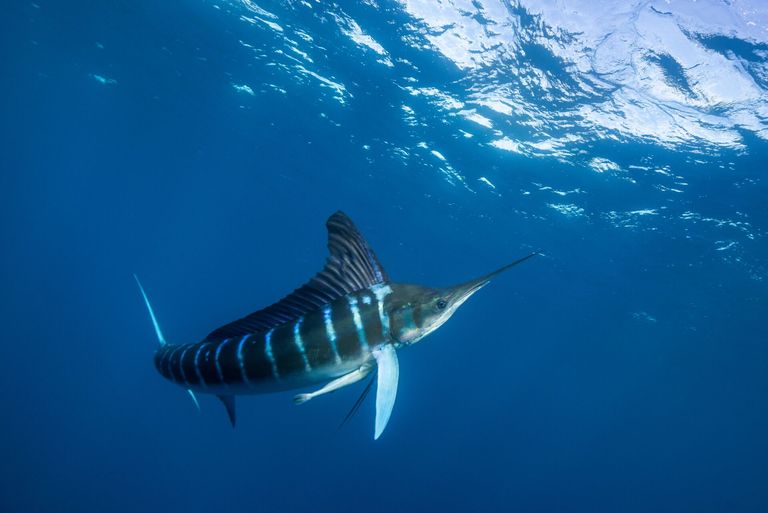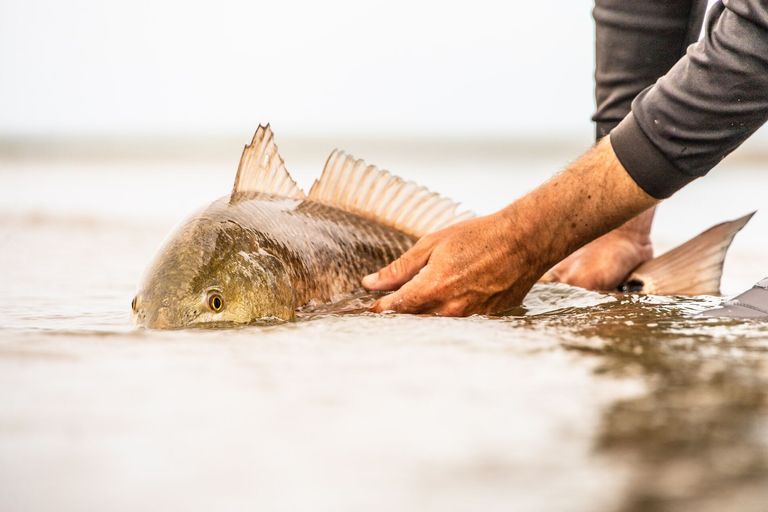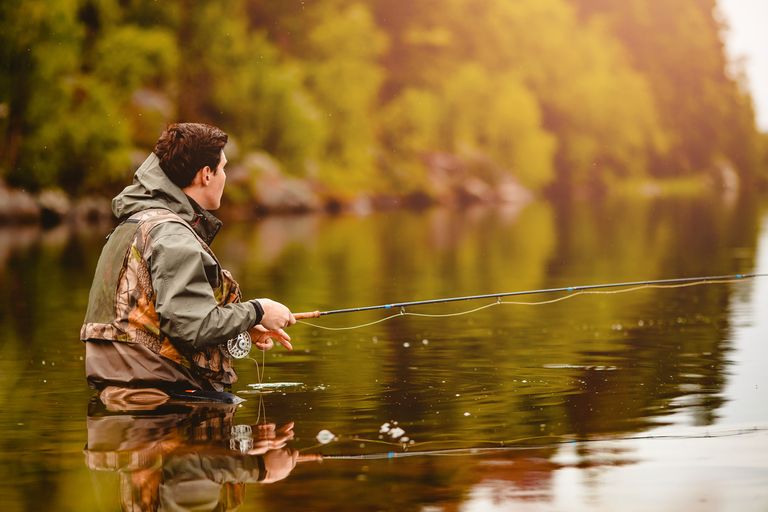How to Fish with a Ned Rig (Successfully)
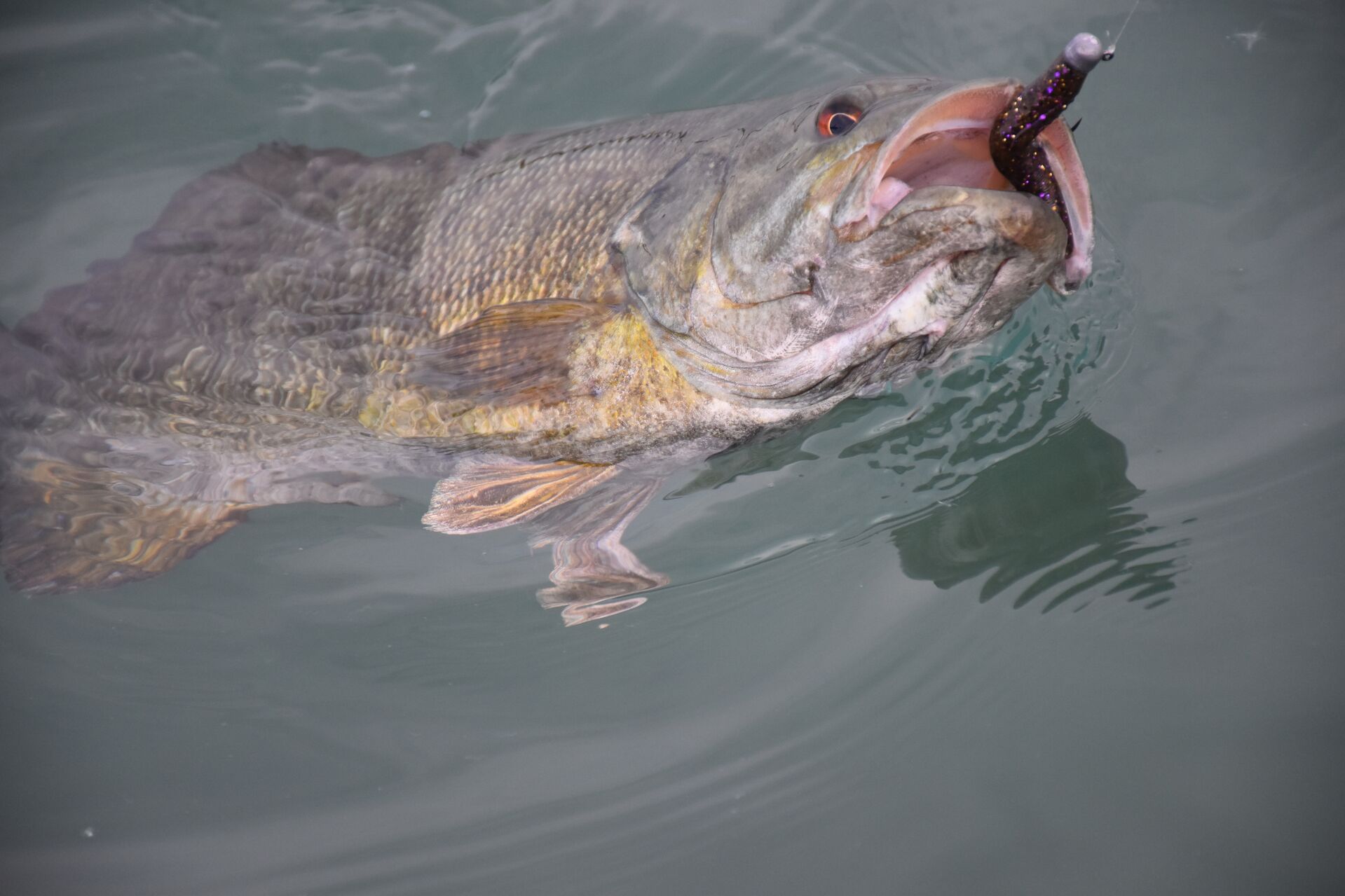
Many anglers love the Ned rig, a simple and highly effective fishing technique.
It's versatile, easy to use, and generally pretty successful, so it's a good choice for a go-to method of catching fish. While it's commonly used when fishing for bass, it can also work well for many other types of fish.
Here's what to know about this option and how to use it properly.
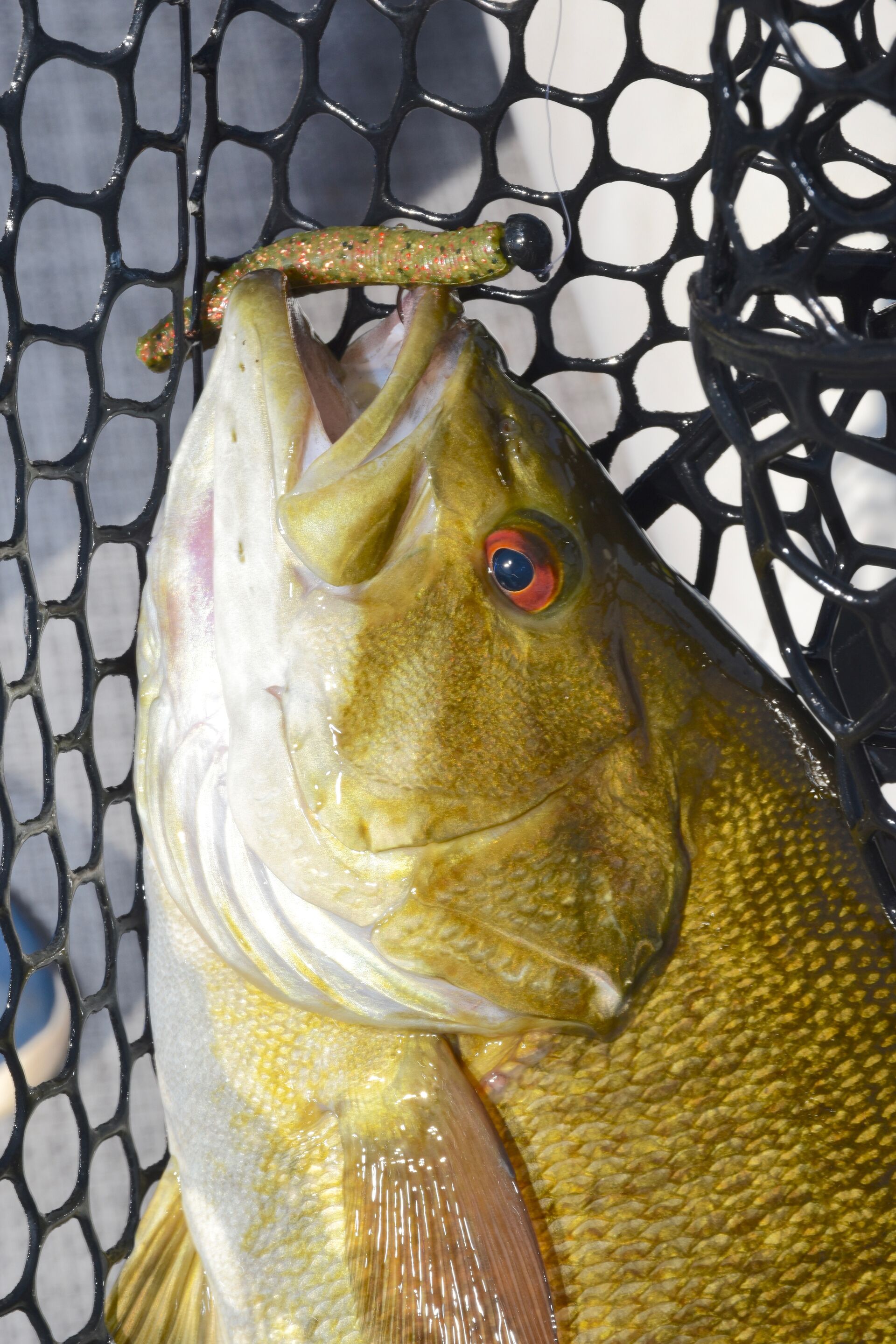
What is a Ned Rig?
This rig consists of two main components: a small, soft plastic lure and a lightweight jighead.
Generally, the type of jighead used weighs between 1/16 and 1/4 ounce. This combination creates a compact and subtle presentation that mimics the appearance of a crawfish or small baitfish.
Why Use This Rig?
Both new and experienced anglers like this option because it's effective in many water conditions. It also attracts different fish species so that you can use it in various situations.
This rig can be particularly effective if you're looking to catch largemouth or smallmouth bass. Since it's a simple rig, beginners can learn it fast, and it works so well that professionals often continue to use it instead of trying to switch to other techniques.
Gear and Setup
If you're fishing with this type of rig, you need to have the right gear. That includes a medium-light to medium power, fast-action rod, and a spinning reel. This ideal setup gives you the sensitivity to detect subtle bites and the strength to handle larger fish.
For the line, consider a six- to 10-lb fluorocarbon or braid with a fluorocarbon leader. This line will give you the best balance between strength and invisibility.
Then, before you decide on the jighead and soft plastic pairing, consider the conditions and target species you're after.
The most common jighead colors are black, brown, and green, blending nicely with many environments. Soft plastics are usually 2.5 to three inches long, and red, white, and pumpkin are popular colors.
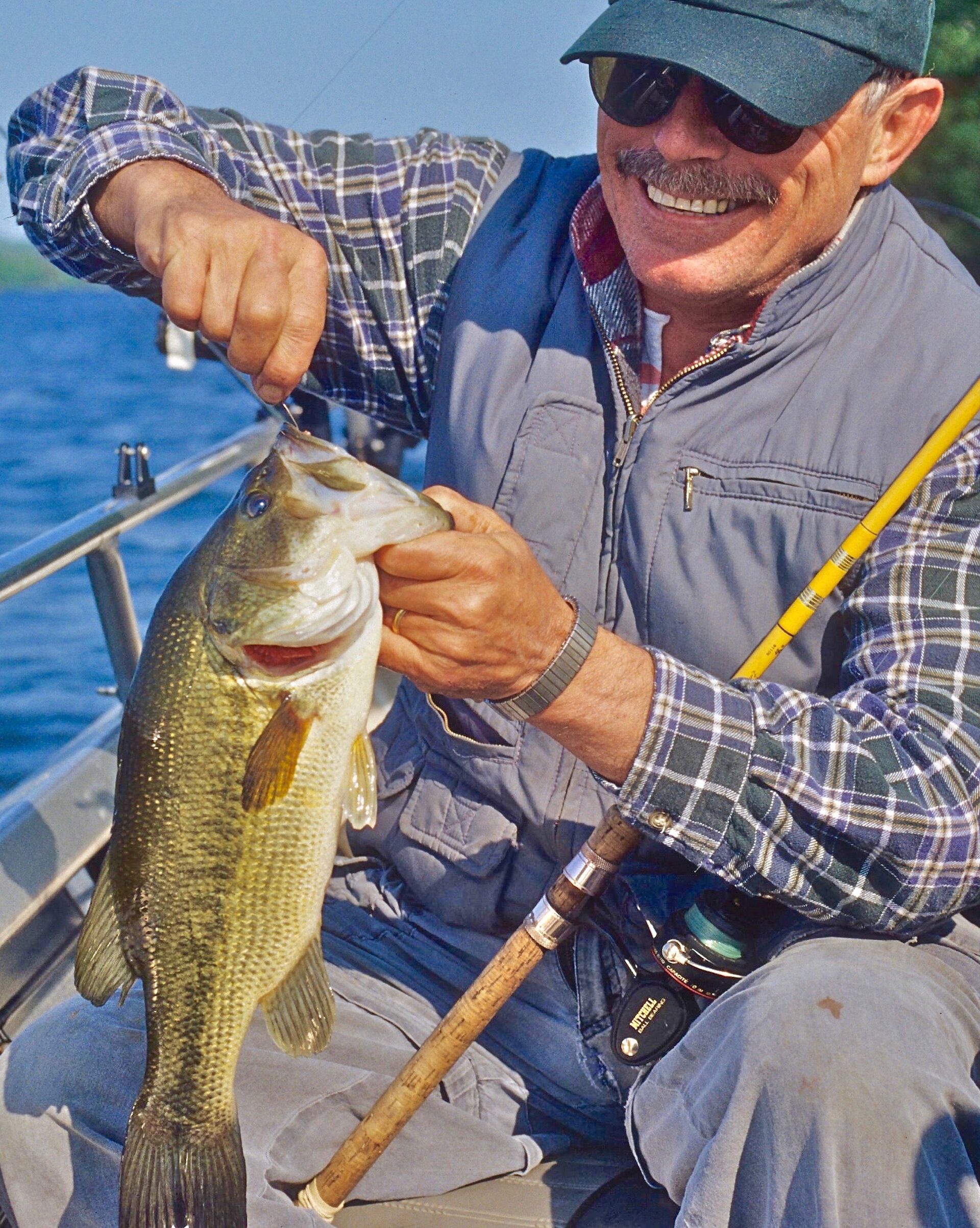
Rigging the Ned Rig
Rigging is straightforward, with only three simple steps to follow.
- First, choose your jighead and soft plastic. Select a jighead within the 1/16 to 1/4 ounce range and a corresponding soft plastic lure.
- Second, thread the soft plastic onto the jighead. You can do that by inserting the hook point into the center of the soft plastic's nose and pushing it through the body until the hook emerges from the top.
- Third, ensure proper alignment of your new creation. Make sure the soft plastic is straight and secure on the jighead.
A straight alignment prevents the lure from spinning in the water, which can deter fish.
Techniques for Fishing With This Rig
Several retrieves can be effective when fishing with this kind of rig. Here are four of the most popular.
Slow Drag
Slowly drag your rig along the bottom, allowing it to maintain contact. This technique mimics the movement of a small crawfish or baitfish.
Hopping
Lift and drop the rig to imitate a fleeing baitfish or crawfish. This motion can trigger reaction strikes from nearby fish.
Shaking
By subtly shaking the rod tip to create slight movements in the lure, you can encourage curious fish to investigate.
Deadsticking
Let the Ned rig sit still for an extended period, especially when fish are less active. Some patience can often result in a bite.
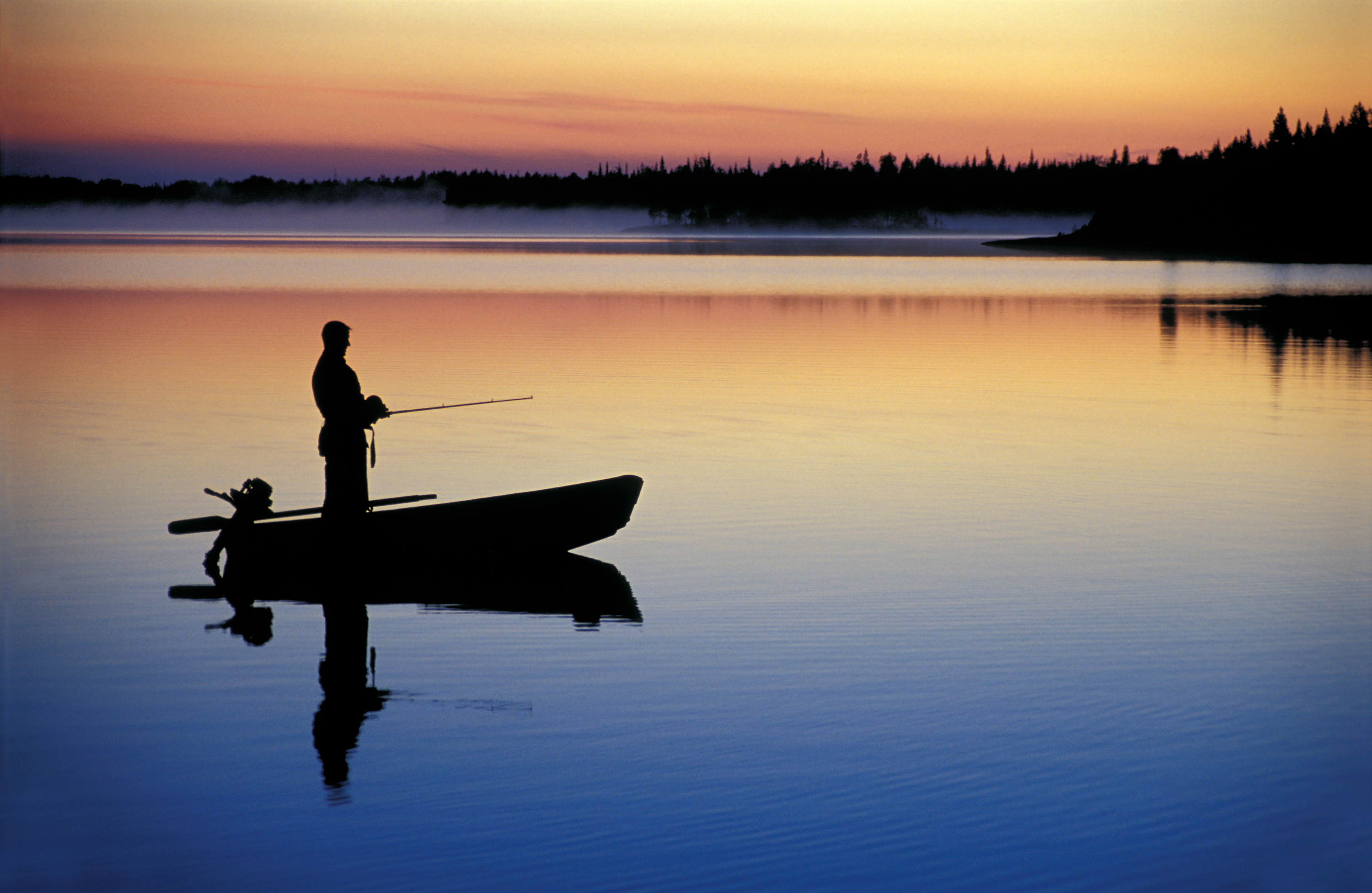
Finding the Right Fishing Spots
This rig does best in specific spots, including rocky bottoms, weed edges, and dock areas. Fish like these spaces because they can hide more efficiently and catch prey without being detected, so you're more likely to find them in those locations.
You can use fish finders or look for visual clues to locate hotspots.
Seasonal Adjustments
Adapting your rig technique to the seasons can significantly improve your chances of success.
In spring, focus on shallow areas and spawning beds where fish feed actively. In summer, target deeper structures and shaded regions as fish seek out cooler water.
As you move into fall, you'll want to fish near baitfish schools and transition zones since fish will prepare for winter. Then, in winter, you can fish deeper areas where fish are less active but still feeding. This can require patience and a slower presentation, but you can still have a lot of success.
Common Mistakes When Using a Ned Rig (and How to Avoid Them)
To improve your fishing, don't overwork the rig.
It's important to be subtle and avoid excessive movement, as a natural presentation is what fish are attracted to. Also, match your jighead weight to the conditions because it's not as effective if it's too heavy or too light. Patience also matters as you slowly and naturally allow the lure to work.
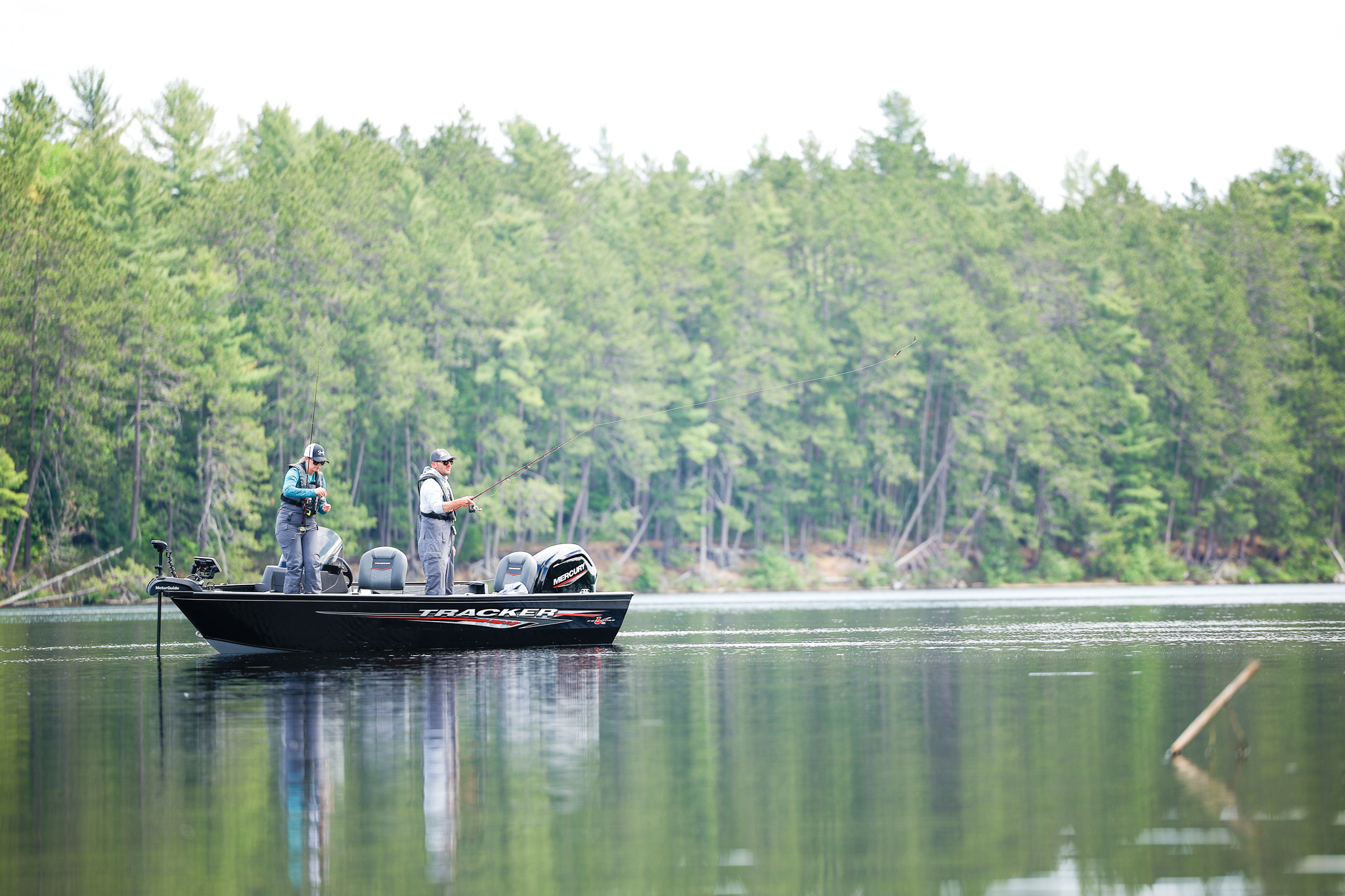
Stay Safe When Fishing from a Boat This Season
Fishing can be delightful and rewarding, but you also want to ensure it's as safe as possible. That's why we always encourage anglers who use a boat for fishing adventures to take a boating safety course through Boat-Ed.
Through our online course, you'll learn about the safety equipment you need on your boat, the importance of wearing a lifejacket, and how to load your boat to avoid capsizing (and disturbing those fish you're trying to catch with a Ned rig).
Getting your boating safety card before heading out on the water can give you confidence, peace of mind, and a better overall experience. It's also a requirement in most states before operating a boat.
So, choose the course for your state, then grab your fishing gear and bring in some fish on your next trip!

